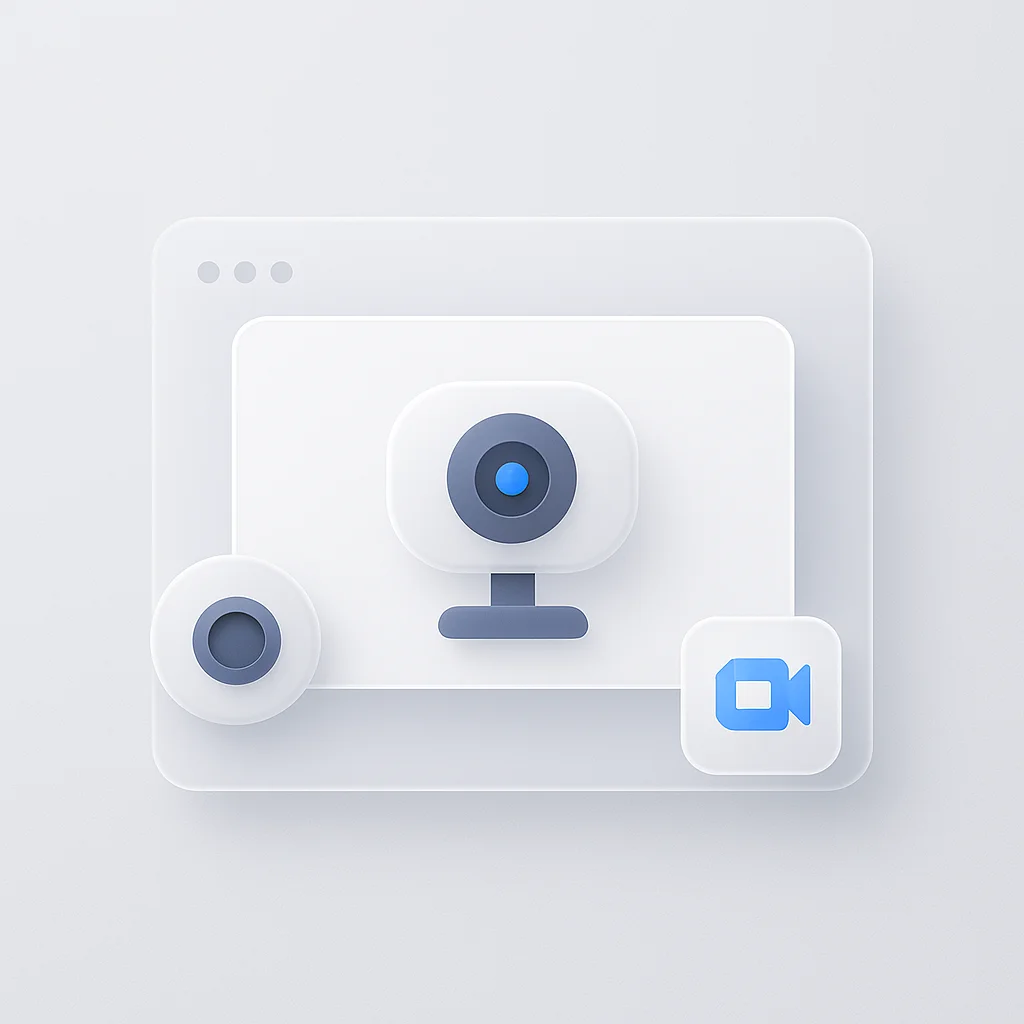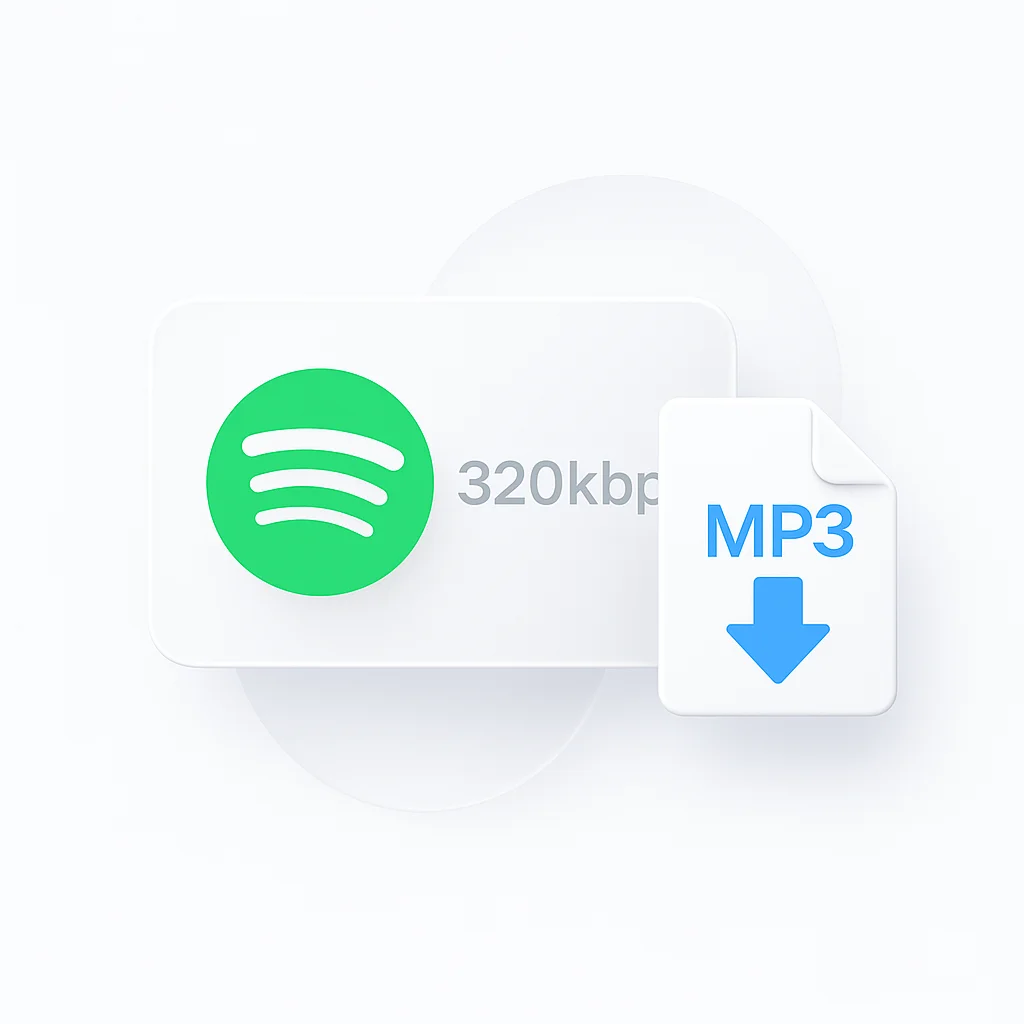In a world where virtual meetings have become the new norm, ensuring a smooth video call experience has never been more crucial. Whether you’re a professional attending important conferences or a student participating in online classes, the quality of your camera can make or break your Google Meet session. So, before you dive into your next virtual gathering, let’s explore some foolproof ways to test your camera and guarantee a seamless video call experience.
Introduction
Google Meet, a robust and widely-used platform for video conferencing, has transformed the way we communicate in a digitally connected world. In an era where remote work and virtual gatherings have become the norm, tools like Google Meet are not just conveniences but necessities. They allow us to meet, collaborate, and share ideas from the comfort of our homes or offices, bridging distances and enabling productivity.
In these virtual meetings, audio and video are the lifelines of communication. The clarity of sound and image can greatly influence the effectiveness of a meeting. Crisp, clear audio ensures that every participant can express their ideas and be understood without hindrance, while sharp, stable video allows for non-verbal cues and more personalized interaction.
However, these integral elements of communication - microphone, and camera - are often susceptible to technical glitches or malfunctions. They may not always work as expected, leading to disruptions or even the inability to participate effectively in a meeting. This is where the need for testing comes in. By testing your microphone and camera before joining a Google Meet video call, you can preemptively identify and resolve any issues, ensuring a smooth and seamless virtual meeting experience. This article will delve into the reasons why such tests are essential and how to perform them effectively.
Stay tuned as we unravel the significance of pre-meeting tech checks and provide insights on getting the most out of your Google Meet calls.
Importance of Testing Microphone Before a Google Meet Call
Clear audio communication is a linchpin for any successful Google Meet call. When you test your microphone ahead of time, you ensure that your voice is audible and clear to all participants. This helps eliminate misunderstandings or miscommunications that could arise from poor audio quality, ultimately contributing to the effectiveness and productivity of the meeting.
Avoiding disruptions during a meeting is another compelling reason for microphone testing. Imagine being in the middle of presenting an important point when your microphone suddenly fails, causing an unexpected halt to your speech and derailing the meeting’s flow. Testing the microphone in advance can prevent such unfortunate scenarios, keeping the meeting on track.
Lastly, microphone testing allows for early detection and resolution of technical issues. From simple problems like volume control to more complex issues like hardware compatibility, preemptive testing gives you ample time to troubleshoot and resolve any glitches that may interfere with your communication during the meeting.
Importance of Testing Camera Before a Google Meet Call
Your visual presence during a Google Meet call holds significant importance. When you test your camera beforehand, you ensure that your image is clear and properly framed, thus facilitating better visual interaction with your colleagues or clients. It also allows you to present a professional image, reinforcing your commitment and seriousness toward the meeting.
Background and environment checking is another important aspect of camera testing. A cluttered background can be a distraction for others, and poor lighting can obscure your face, hampering effective communication. By testing your camera in advance, you can adjust your position, lighting, and surroundings to create a conducive environment for a virtual meeting.
Similar to microphone testing, camera testing also aids in the early detection and resolution of technical issues. Whether it’s a camera lens problem, driver issue, or video lag due to low system resources, early testing allows you to identify and rectify any potential challenges, ensuring a seamless visual experience during your Google Meet call.
Step-By-Step Guide on How to Test Mic and Camera in Google Meet
Testing your audio and video devices before a Google Meet call is a straightforward process. Here are the steps to guide you:
How to Test the Microphone in Google Meet
- Open Google Meet in your preferred web browser and click on the ‘New Meeting’ button.
- Before you join the meeting, click on the three vertical dots in the bottom right corner of the screen to open the settings.
- Click on ‘Settings’ and then navigate to the ‘Audio’ tab.
- Select your microphone from the drop-down menu. Speak something to check the audio bar on the screen. If the bar lights up in response to your voice, your microphone is working properly.
How to Test the Camera in Google Meet
- Follow steps 1 to 3 from the above procedure.
- Navigate to the ‘Video’ tab in the settings.
- Select your camera from the drop-down menu. If your camera is functioning correctly, you should be able to see your video preview.
Understanding the Feedback from the Tests
The feedback from these tests is relatively easy to understand. For the microphone, if the audio bar is lighting up when you speak, your mic is capturing sound correctly. However, if you notice no movement on the bar or it’s lower than expected, you might need to adjust your mic settings or check your microphone for issues.
In terms of the camera, your video preview should be clear, well-lit, and display the correct colors. If you notice any lag, darkness, or color inaccuracies, these could be signs that your camera settings need adjustment, your lighting conditions should be improved, or there may be an issue with your camera.
Common Issues and Troubleshooting Tips for Mic and Camera in Google Meet
Common Microphone Issues and How to Fix Them
- Microphone not detected: Ensure that the correct microphone is selected in your settings. If the issue persists, try unplugging and reconnecting your microphone.
- Low audio volume: Check if your microphone volume is set to an adequate level in your system and Google Meet settings. Make sure that your microphone is not too far from your mouth.
- Echo issues: This often happens if speakers are too loud or if multiple devices in the same room are on the call. Use headphones to prevent echoes or reduce your speaker volume.
Common Camera Issues and How to Fix Them
- Camera not detected: Ensure the right camera is selected in your settings. If the issue persists, try restarting your device or updating your camera drivers.
- Blurry or dark video: Check if your camera lens is clean and if your room is well-lit. Poor lighting often results in low video quality.
- Lagging video: This could be due to low system resources or a slow internet connection. Close unnecessary applications and check your internet speed.
Best Practices for Mic and Camera Use in Google Meet
Ideal Microphone Settings for Clear Audio
- Set your microphone volume to a level where your voice can be heard clearly without distortion.
- Use a dedicated microphone or a headset with a built-in microphone for better sound quality.
- Turn on noise cancellation in Google Meet settings if available.
Ideal Camera Settings for Best Visuals
- Position your camera at eye level for a straight-on view, which is generally the most flattering and professional.
- Ensure that you are well-lit, but avoid harsh lighting that can create shadows or make you look washed out.
Tips on Minimizing Background Noise and Distractions
- Choose a quiet place for your meeting to avoid background noises.
- Use a pair of noise-canceling headphones to minimize external sound interference.
- Use the mute function when not speaking to minimize ambient noise for others.
Evaluating the Quality of Your Equipment
Discussing the Importance of Hardware Quality
Quality hardware plays a crucial role in ensuring seamless communication during Google Meet calls. High-quality microphones and cameras typically offer better sound and image capture capabilities, leading to clearer audio and sharper video. This means participants can hear and see you without straining, making for more effective communication.
Tips for Choosing a Good Microphone and Camera for Google Meet
Microphone: Look for a microphone with noise-cancellation features for clear audio. USB microphones often offer good sound quality. Brands like Audio-Technica, Blue Yeti, or Rode have reliable products.
Camera: A high-definition (HD) webcam is recommended for clear video. Check for features like auto-focus and light adjustment. Renowned brands like Logitech, Microsoft, and NexiGo offer a range of good-quality webcams.
The Role of Headphones in Improving Audio Quality
Headphones, especially those with noise-canceling features, can significantly improve audio quality by reducing background noise and enhancing the clarity of the sound you hear. They can also prevent feedback loops that can occur when the sound from your speakers is picked up by your microphone.
The Role of Internet Connectivity in Audio and Video Quality
How Your Internet Connection Can Affect Mic and Camera Functionality
Internet connection plays a pivotal role in the functionality of your microphone and camera. A poor or unstable connection can lead to lagging video, distorted audio, or even disconnection from the meeting. A strong and stable internet connection is vital for seamless audio-visual communication in Google Meet.
Ideal Internet Speed for Google Meet
As per Google’s recommendations, an upload speed of 3.2 Mbps and a download speed of 2.6 Mbps are sufficient for 1:1 video calling in 720p HD. For group video calling, the recommended upload speed is 3.2 Mbps and the download speed is 4.0 Mbps.
How to Test and Improve Internet Connection
You can test your internet speed using various online tools like Ookla’s Speedtest. If your speed is lower than recommended, try moving closer to your router, removing other devices from the network, or upgrading your internet plan. For critical meetings, a wired connection (Ethernet) could provide a more stable connection than Wi-Fi.
The Impact of External Factors on Mic and Camera Performance
Role of Room Acoustics in Microphone Effectiveness
Room acoustics can significantly affect the performance of your microphone. A room with a lot of echoes can make your voice sound distant or distorted. Carpeted rooms or those with soft furnishings can help absorb sound and reduce echo. Try to choose such a room for your meetings, or consider using a portable sound booth or a microphone with a directional pick-up pattern.
Importance of Lighting for Optimal Camera Use
Good lighting is crucial for clear video calls. Poorly lit conditions can result in grainy or dark video quality. Natural light is best, so try to sit near a window. If that’s not possible, use a desk lamp or a dedicated video light. Avoid backlighting as it can make you appear as a silhouette.
Managing Disruptions and Background Noises
Background noise and disruptions can be distracting for you and other participants. Use a quiet room for your meetings and notify others to avoid interruptions. Use noise-canceling headphones or a noise-canceling microphone to minimize ambient noise.
Integrating External Tools with Google Meet
Using Third-Party Software for Noise Cancellation
Third-party software like Krisp.ai can help reduce background noise during your meetings. This tool works by muting all sounds except your voice, ensuring that your colleagues only hear what’s important.
Use of Virtual Backgrounds and Their Effect on Camera Performance
Virtual backgrounds can help maintain professionalism even if your real environment is not ideal. However, they can put an extra load on your device’s processor and cause your video to lag. If you’re using virtual backgrounds, ensure your device has the necessary processing power.
The Role of Browser Extensions or Additional Software to Enhance Google Meet Performance
Several browser extensions and software can enhance your Google Meet performance. Extensions like Google Meet Grid View provide a simultaneous view of all participants. Nod for Google Meet allows participants to send real-time reactions. Remember, while these tools can enhance your experience, too many extensions can slow down your browser, so choose wisely.
Privacy Considerations with Camera and Microphone Use
Understanding Google Meet’s Privacy Policy
Google Meet is designed with robust security features to protect your privacy. However, it’s important to understand their privacy policy. For example, only meeting participants and those invited by the meeting owner have access to the meeting. You also have control over your audio and video, giving you the ability to mute your microphone or turn off your camera at any time.
When to Mute Your Microphone and Turn Off Your Camera
There are moments during a virtual meeting when it’s appropriate to mute your microphone and turn off your camera. If you’re not speaking, it’s courteous to mute your microphone to minimize background noise for others. If you need to step away from the meeting or if there are distractions in your background, it’s best to turn off your camera.
Maintaining Professionalism in a Virtual Meeting Space
Maintaining professionalism in a virtual meeting is essential. This can include dressing appropriately, keeping your background neat and distraction-free, and refraining from multitasking during the meeting. Remember to respect others’ speaking time and mute yourself when not speaking to prevent interrupting others.
Future Trends in Virtual Communication Technology
Upcoming Enhancements in Audio and Video Technology
The future holds exciting advancements in audio and video technology. We may see improvements in sound clarity, noise reduction, and automatic adjustments based on your environment. Camera technology might incorporate features like auto-framing and intelligent lighting adjustments.
How AI Could Influence Microphone and Camera Use
AI is set to revolutionize the way we use microphones and cameras. AI could automate tasks like background noise filtering, voice recognition for automatic captioning, and even advanced video effects like real-time background blur or replacement.
Adapting to Future Changes in Google Meet and Other Virtual Meeting Platforms
As virtual communication technology advances, platforms like Google Meet will continue to evolve. To make the most of these tools, it’s essential to stay updated on new features and enhancements. This will enable you to adapt and leverage these technologies to optimize your virtual meeting experience.
By considering privacy, maintaining professionalism, and looking forward to future technology trends, you can maximize your effectiveness in virtual meetings using platforms like Google Meet.
Conclusion
Navigating the virtual communication landscape can be complex, but with the right knowledge and tools, it can become a seamless experience. As we’ve discussed throughout this guide, the microphone and camera act as your vocal cords and persona in the virtual realm of Google Meet. Ensuring their optimal performance by conducting necessary checks before every meeting is not merely a good practice; it’s essential for effective communication.
We’ve delved into the importance of testing your microphone for clear, uninterrupted audio and your camera for a professional, engaging visual presence. We’ve explored common technical issues you may encounter and offered solutions to overcome them. We’ve also suggested best practices for using your mic and camera, from optimal settings to managing external factors and integrating helpful tools.
Moreover, we’ve looked into how understanding Google Meet’s privacy policy and maintaining professionalism are key to respectful and effective communication. Finally, by keeping an eye on the future trends in virtual communication technology, you can stay ahead and adapt to make the most out of your virtual interactions.
As we conclude, we’d like to encourage you to implement these insights in your next Google Meet call. Remember, every proactive measure you take contributes to a more streamlined, effective, and productive meeting. So, get started on testing your mic and camera ahead of your next meeting and make your Google Meet experience the best it can be!






